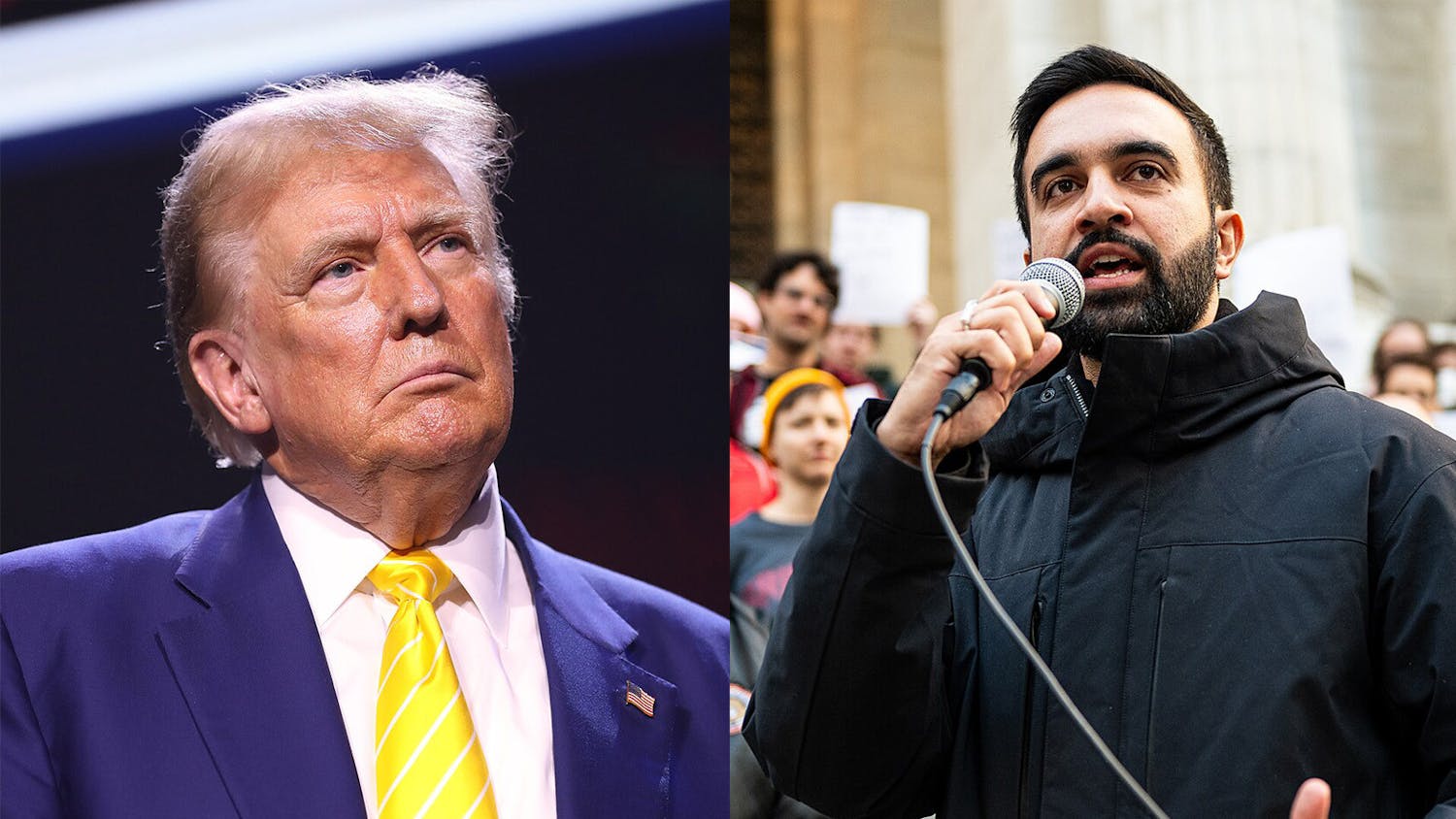Given the staggering level of popularity achieved by online streaming sites in recent years and the incredible amount of wide spread praise for these sites’ original content, I think it’s safe to say the era of streaming is upon us. At this point it would feel trite to expound the acclaim afforded to original shows like “Orange Is the New Black” or “Transparent” as evidence of the dominance of streaming, so here I would like to consider streaming in the context of the larger television landscape. The meteoric rise of streaming has ramifications for a medium it doesn’t even technically inhabit-— and the ripples across the greater television ocean set off by the success of streaming will undoubtedly be felt for years to come. Through its time-shifted model and original programming unencumbered by the barriers faced by network television, streaming sites are in the process of redefining television norms and conventions while putting pressure on traditional networks to do the same. In short, streaming is reshaping television for the better.
It seems self-evident at this point that streaming has made an earth-shatteringly successful foray into the business of TV, despite the fact that its original content only appears on television when you want to enjoy, say, the political dealings of Frank and Claire Underwood (Keyser Söze and Jenny, for the uninitiated) on a larger screen. Shows exclusive to streaming sites occupy a peculiar space in the television universe in that they aren’t TV shows in the strict sense of the term, yet are still regarded as such for their clear televisuality and adherence to certain conventions of the medium, such as being presented as individual episodes within a series. Nevertheless, streaming actively advances certain key expectations of the post-network, time-shifted era, in which television is defined less and less by the time and space in which it appears and more by a conception of the medium that allows for TV to manifest itself in a myriad of different ways. While streaming didn’t introduce the notion of time-shifted viewing (here’s looking at you, VCR), it has contributed to a democratization of television in which viewers are no longer slave to network scheduling or physical location and have more agency in determining their relationship to TV than ever before. In solidifying flexible viewing practices as the norm, streaming is helping to challenge traditional network television to be more responsive to the expectations of its Digital Age audience.
Looking at how positively viewers have responded to the candor and grit with which original streaming content has addressed such controversial issues as gender, race and politics (often with significant overlap), traditional television networks appear increasingly silly in avoiding taking risks on the grounds that doing so will upset and alienate audiences. One facet of commercial network television will always be the skittishness of advertisers to put their money behind programs that dare to truly push the cultural envelope, but at the current juncture network TV might ultimately be shooting itself in the foot by continually worrying about playing it safe. The success of original streaming content tells us the viewing public can stomach much more than network TV tends to let on, so the issue now is whether or not these traditional networks can internalize this revelation and adapt accordingly. To be sure, a similar argument could have been made regarding premium cable channels like HBO and Showtime just a few years ago. Unburdened by the need to court advertisers’ dollars and to abide by the censorship rules imposed on non-subscription channels, premium cable operates in much the same way as online streaming. Indeed, just as it didn’t birth time-shifted viewing practices, streaming isn’t the only form of television that has helped to pressure traditional networks to venture into rougher and more compelling territory. That said, streaming sites like Netflix that are not part of the massive media conglomerates to which HBO and Showtime ultimately belong (Time Warner and CBS, respectively) serve to provide new, unique voices and layers of compelling programming that can only add to the offerings of premium cable.
Thus, the temporal and spatial flexibility achieved by bringing television to the web and the challenge to traditional networks to produce better programming in the face of critically acclaimed original content represent another reconfiguration of the television landscape for the better. Streaming can’t lay claim to beginning the processes that unseated the traditional TV networks from complete power, because that’s a phenomenon that predates even the web. However, in expanding our conceptions of what television can be and reaffirming how large a market there is for content that addresses tough topics more than just cosmetically, streaming is working to broaden a television horizon that only gets better the more you’re able to see.
Do you agree or disagree with Elijah? Are we likely to see a resurgance in TV viewership or is Internet streaming here to stay? We’d like to hear from you. Please send all feed back to opinion@dailycardinal.com.





